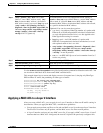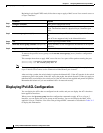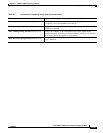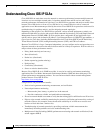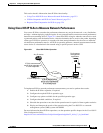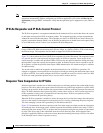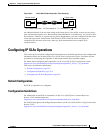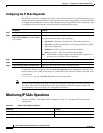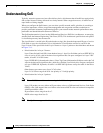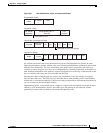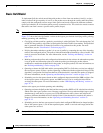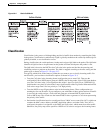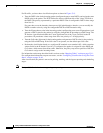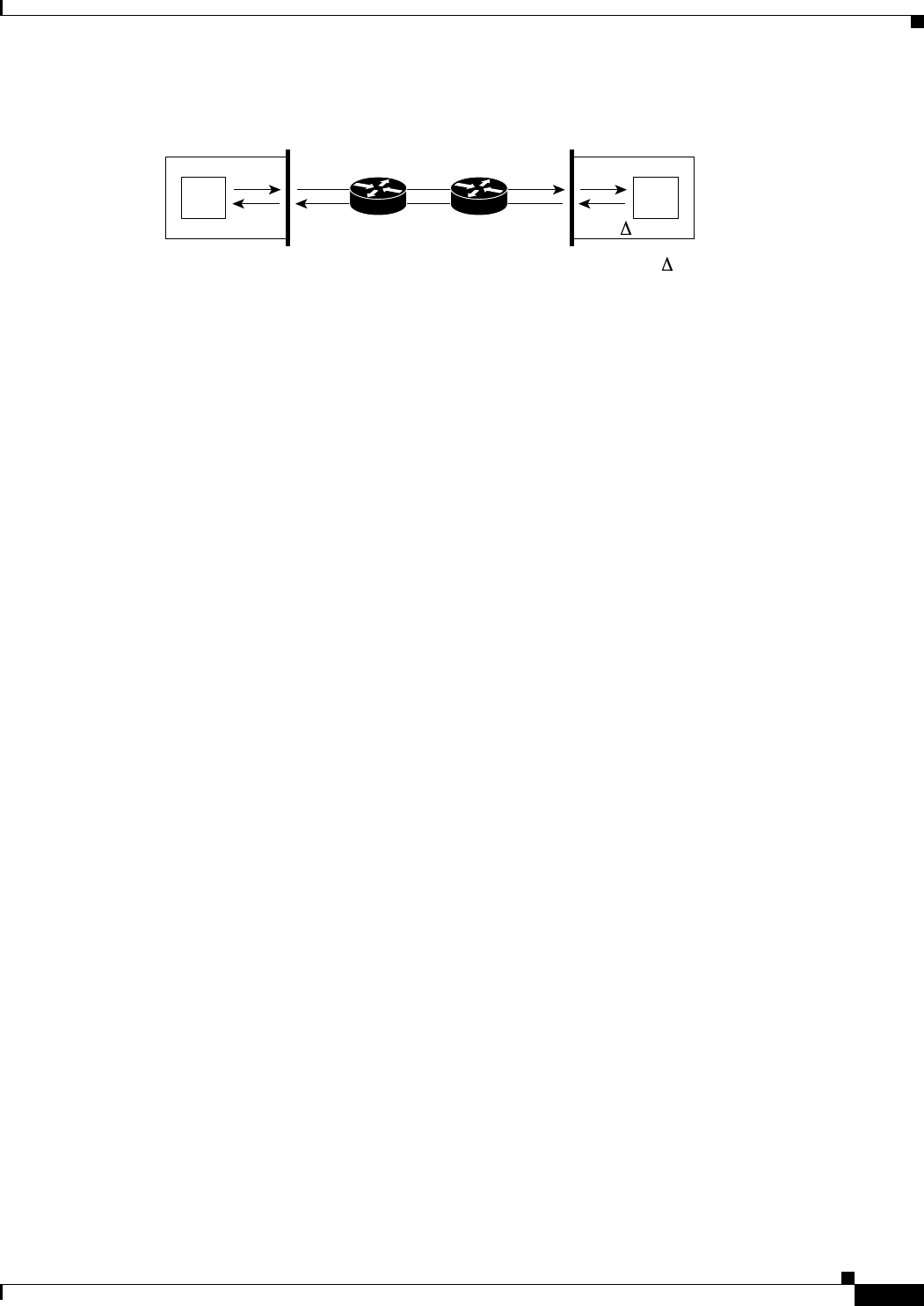
32-5
Catalyst 2960 and 2960-S Switch Software Configuration Guide
OL-8603-09
Chapter 32 Configuring Cisco IOS IP SLAs Operations
Configuring IP SLAs Operations
Figure 32-2 Cisco IOS IP SLAs Responder Time Stamping
An additional benefit of the two time stamps at the target device is the ability to track one-way delay,
jitter, and directional packet loss. Because much network behavior is asynchronous, it is critical to have
these statistics. However, to capture one-way delay measurements, you must configure both the source
router and target router with Network Time Protocol (NTP) so that the source and target are
synchronized to the same clock source. One-way jitter measurements do not require clock
synchronization.
Configuring IP SLAs Operations
This section does not include configuration information for all available operations as the configuration
information details are included in the Cisco IOS IP SLAs Configuration Guide. It includes only the
procedure for configuring the responder, as the switch includes only responder support.
For details about configuring other operations, see he Cisco IOS IP SLAs Configuration Guide:
http://www.cisco.com/en/US/docs/ios/ipsla/configuration/guide/12_4t/sla_12_4t_book.html
This section includes this information:
• Default Configuration, page 32-5
• Configuration Guidelines, page 32-5
• Configuring the IP SLAs Responder, page 32-6
Default Configuration
No IP SLAs operations are configured.
Configuration Guidelines
For information on the IP SLAs commands, see the Cisco IOS IP SLAs Command Reference,
Release 12.4T command reference:
http://www.cisco.com/en/US/docs/ios/ipsla/command/reference/sla_book.html
For detailed descriptions and configuration procedures, see the Cisco IOS IP SLAs Configuration Guide,
Release 12.4T:
http://www.cisco.com/en/US/docs/ios/ipsla/configuration/guide/12_4t/sla_12_4t_book.html
121380
T1
Source router
RTT (Round-trip time) = T4 (Time stamp 4) - T1 (Time stamp 1) -
Target router
Responder
=T3-T2
T4
T2
T3



